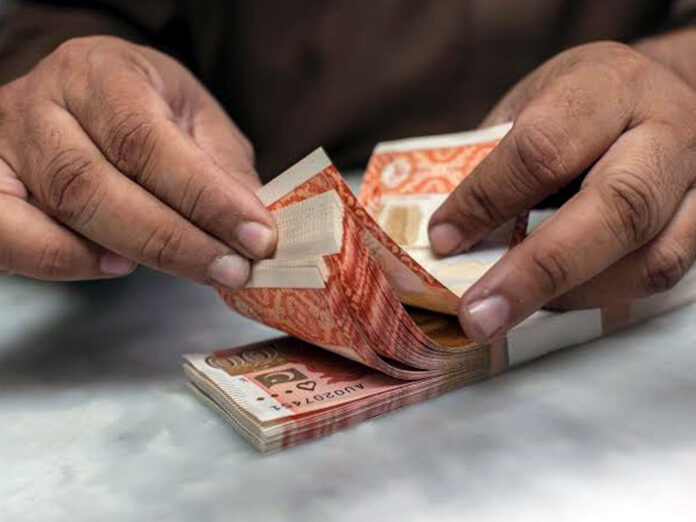The Ministry of Finance (MoF) Thursday said that the reason behind the Rs2.9 trillion public debt was the continuous devaluation of the Pakistani rupee since July 2018.
In a statement, the MoF said, “Exchange rate depreciation added around Rs2.9 trillion, an increase of 20 per cent, in public debt and this increase was not due to borrowing but due to revaluation of external debt in terms of rupees after currency devaluation.”
The ruling Pakistan Tehreek-e-Insaaf (PTI) government blamed the Pakistan Muslim League-Nawaz (PML-N) government for the rise in public debt on account of rupee devaluation as during the PML-N government’s tenure, exchange rate was artificially maintained at a higher level which triggered the crises of the balance of payments.
According to Finance Minister Shaukat Tarin, the depreciation of the currency was a natural result of the transition to a market-based exchange rate regime. “The high rate of interest, slow GDP growth and lower import-related tax revenues were all caused by the transition,” he said.
The MoF further added, “Most of the major adjustments to fiscal and monetary policies have been made and the debt burden is projected to decline firmly over the next few years.”
According to data from the State Bank of Pakistan (SBP), there has been a 60 per cent increase in the public debt since the PTI government came into power as an additional Rs14.9 trillion had been added to total public debt.
According to the central bank’s annual debt bulletin, the public debt increased to Rs39.9 trillion by June this year. The finance ministry also communicated that the Covid-19 pandemic had led to an economic slowdown and resulted in a deficit.




